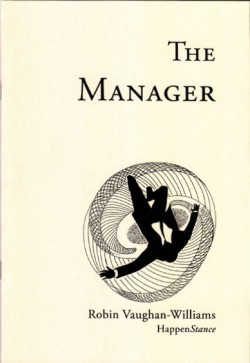I’ve just finished a review for Sphinx of Ian McMillan’s Smith/Doorstop pamphlet, This Lake Used to be Frozen: Lamps (2011), but it’s only 400 words and I’ve got more to say! So here are a few extra notes.
There’s a lot of everyday experience here, what the Russian Formalists would have called byt. Byt, derived from the same root as byt´, the verb ‘to be’, was usually placed in opposition to art. For Viktor Shklovskii, art was a means of refreshing our everyday experience by defamiliarising patterns of experience that had become habitual. By ‘making it strange’, it makes us look again.
These days, however, the everyday has more going for it. In contrast to the artificial construction and simulation of experience through the mass media, the everyday is seen as a refuge of genuine experience. So in addition to the opposition of art vs life, we’ve also got what might be called hype vs life.
One of my favourite poems from this collection is ‘The Evening of the Day Pavarotti Died’. The very first line, read after the title, primes us for an art/hype vs life showdown:
I poured some Carnation Milk into a cup of coffee
We appear to be confronted with two irreconcilably different cultural artefacts here; can there be any overlap between the worlds of Pavarotti and Carnation milk? A couple of verses later, however, it turns out that this showdown is itself a construction, as Pavarotti enters the back gardens of a South Yorkshire neighbourhood, replete with sheds and squirrels:
[…] from Mr Lowe’s house next door
And from Steve’s house up the street we heard
The last note of Nessum Dorma rising and hangingThere like light on a tree.
Admittedly, Pavarotti has made his entrance via the radio, so maybe what we’re witnessing here is an instance of the mechanism by which mass media phenomena install themselves in the fabric of our lives, yet at the same time this is clearly also a moment of genuine and universal pathos. Pavarotti might have become an over-familiar and automated icon for artistic experience—to the point where you didn’t have to actually listen to Pavarotti, because you knew you were listening to Pavarotti—but this poem shows Pavarotti doing, even if just for a moment, exactly what he’s supposed to do: transforming the perception of our everyday environment.
